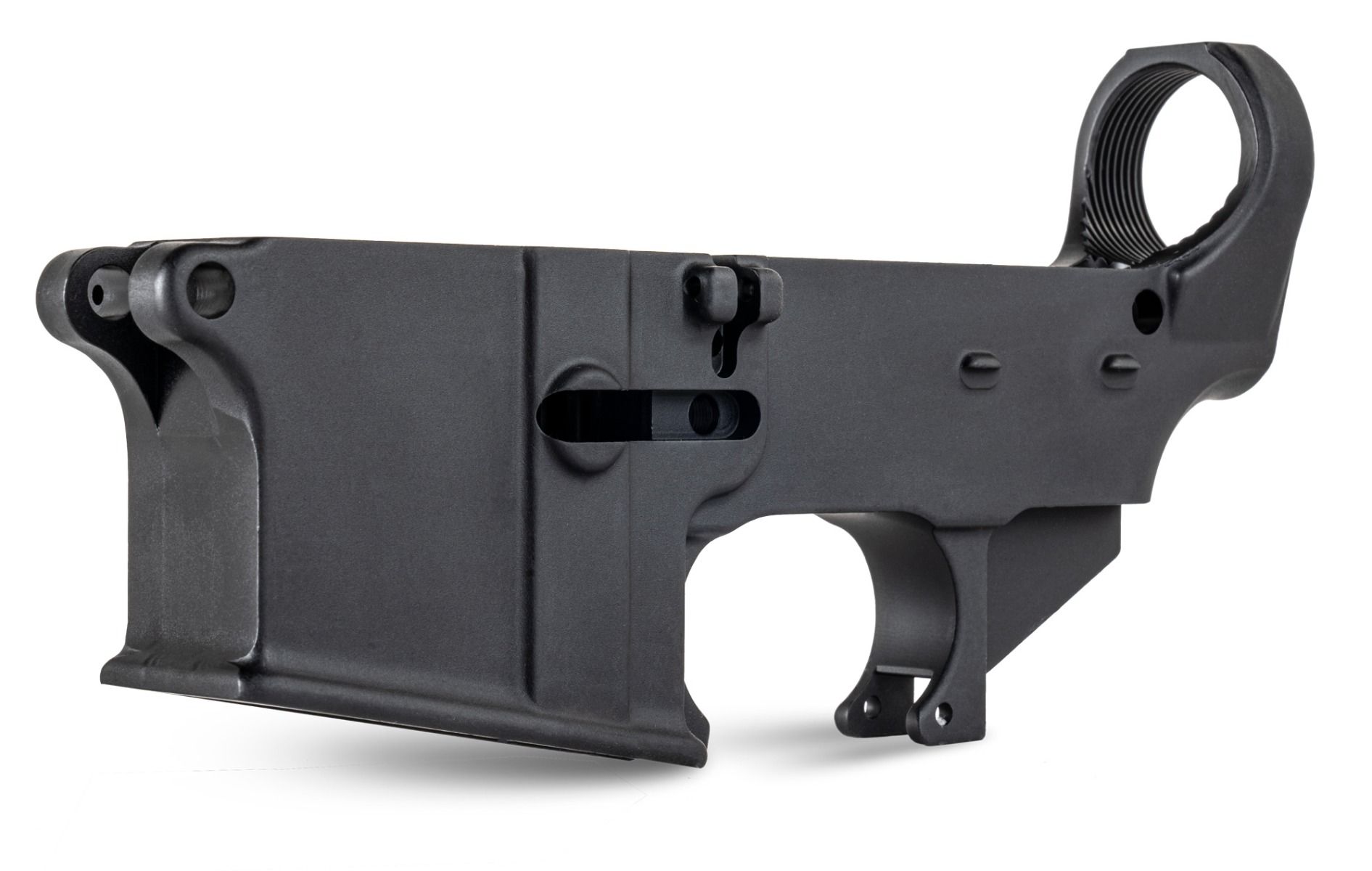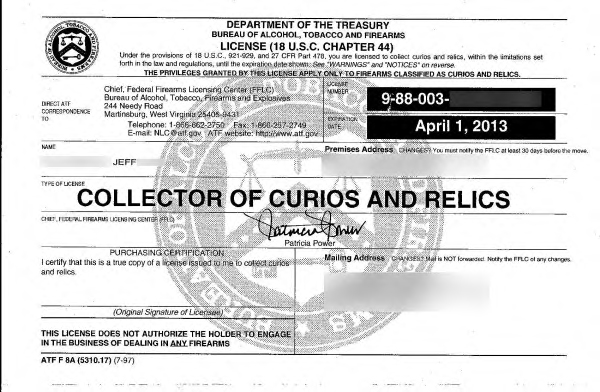The History of Legally Buying Firearms Without a FFL
Long gone are the days of yesteryear when you could mail-order you guns and wait for them to show up on your doorstep. If it was up to me, the average American consumer would be able to buy anything online - hand grenades, rocket launchers, tanks, fighter jets - you name it. Sadly though, it isn’t up to us and we can’t just order and ship firearms to our doors; with a few exceptions. Antique firearms older than 1898, replica black powder guns, airsoft guns, Curio and Relic firearms (any guns that are 50 years or older and for individuals who hold a Class 3 FFL license), as well as 80% lowers are all 100% permissible to click, buy and ship to your door at your very American leisure.
What Guns Do Not Require FFL?
When looking at why we need a FFL to purchase certain firearms, we need to look at two very influential acts of legislation:
The Gun Control Act of 1968— this act regulated interstate as well as foreign commerce in firearms including importation and licensing provisions.
The Brady Handgun Act of 1993--- Amending the Gun Control Act of 1968, the Brady Law imposed a waiting period of 5 days before a firearm can be transferred to an unlicensed individual. This law applies only in states without an acceptable alternate system of conducting background checks on handgun buyers. In 1998, this law was extended from handguns to all firearms.
While these laws are in place, there are exceptions to these rules
- 80 Lowers
- Guns manufactured prior to 1898
- Replica black powder firearms
- Airsoft, air, pellet, BB guns
- C&R Firearms
80% Lowers

80% Lowers are the easiest way to get a modern "gun" shipped to your door.
An 80% lower is a lower receiver that isn’t functional or operational without additional fabrication from the end user. Finished lower receivers are considered as firearms, so it's important to be aware of your state and local regulations regarding this product. In most states, the 80% lowers will not require a FFL due to current federal regulations and the ATF's policy that 80 percent lower receivers and pistol frames are not considered as firearms.
With this exception these 80% products are allowed to be legally shipped to many Americans' front door steps, provided their home state hasn't restricted the purchase, possession or ownership of them. If you do live in a state that does not restrict 80 lowers, that means you've saved time, money and headaches from not being legally required to make a trip to your local gun store to conduct this transaction through their FFL or need a 4473 Form for it.
Guns Older Than 1898

An original Winchester 1892 is a great example of a gun that wouldn't need an FFL. It's legally an antique.
Old guns are really cool for a lot of reasons. Aside from the historic value, beautiful patina (fancy word for "rust") and intricate engraving - you also don’t need a FFL to buy one. Any semi-automatic firearm manufactured prior to 1898 qualifies as an antique under federal firearm regulations.
Replicas of Antiques
Replicas of antique firearms follow closely to the rules of original antique guns - as long as the replicas are not using cased ammunition.
If you’re unsure about whether or not your replica has been modified or not, use this guideline:
- Is not designed or redesigned for using rimfire or conventional centerfire fixed ammunition, or
- Uses rimfire or conventional centerfire fixed ammunition which is no longer manufactured in the United States and which is not readily available in the ordinary channels of commercial trade.
As long as your replica meets the previous rules, ship that gun straight to your door with confidence.
Airsoft Guns, BB, and Pellet Guns

A modern pellet rifle. It even has an integral suppressor, which is legal since it's not a firearm.
This kind of goes without saying, but Airsoft, BB, or even high powered pellet guns like the GAMO rifles, do not require an FFL. I remember shooting a Daisy BB gun for years before I was ever allowed to move to a “real gun”; so if you’re looking for a cheap, easy, and quick way to get your children acquainted with firearms: these are all 3 great options. Even for adults, pellet guns can still be fun. I can't shoot cans in my backyard with my AR15, but I sure can with my pellet gun.
Curio and Relic Firearms

A Curio & Relic license. Easily obtained, and makes you an Class 3 FFL Holder.
Curio and Relic firearms are the last category of firearms that do not require a brick & mortar, retail type of FFL. While similar to antique firearms these can vary a bit. They do require a FFL, but it's one you can easily obtain yourself and many firearm collectors have this one in particular. The ATF defines Curio and Relic firearms as “those which are of special interest to collectors by reason of some quality other than is associated with firearms intended for sporting use or as offensive or defensive weapons.” Meaning that these guns either have a high historic or collector value to the customer. To get into further detail, according to Article 478.11, C&R items must fall within one of the following categories:
- Firearms which were manufactured at least 50 years prior to the current date, but not including replicas of such firearms;
- Firearms which are certified by the curator of a municipal, state, or federal museum which exhibits firearms to be curios or relics of museum interest; and
- Any other firearms which derive a substantial part of their monetary value from the fact that they are novel, rare, bizarre, or because of their association with some historical figure, period, or event. Proof of qualification of a particular firearm under this category may be established by evidence of present value and evidence that like firearms are not available except as collector's items, or that the value of like firearms available in ordinary commercial channels is substantially less.
In order to get your firearm listed as a C&R gun, you'll need to submit the weapon to the ATF for a formal classification. If you'd like to see what this license will make available to you firearms wise, you can view the ATF's entire list here.







 Back to List
Back to List